Home>Storage Ideas>Living Room Storage>15 Scandinavian Living Rooms: Transform A Room With Nordic Design
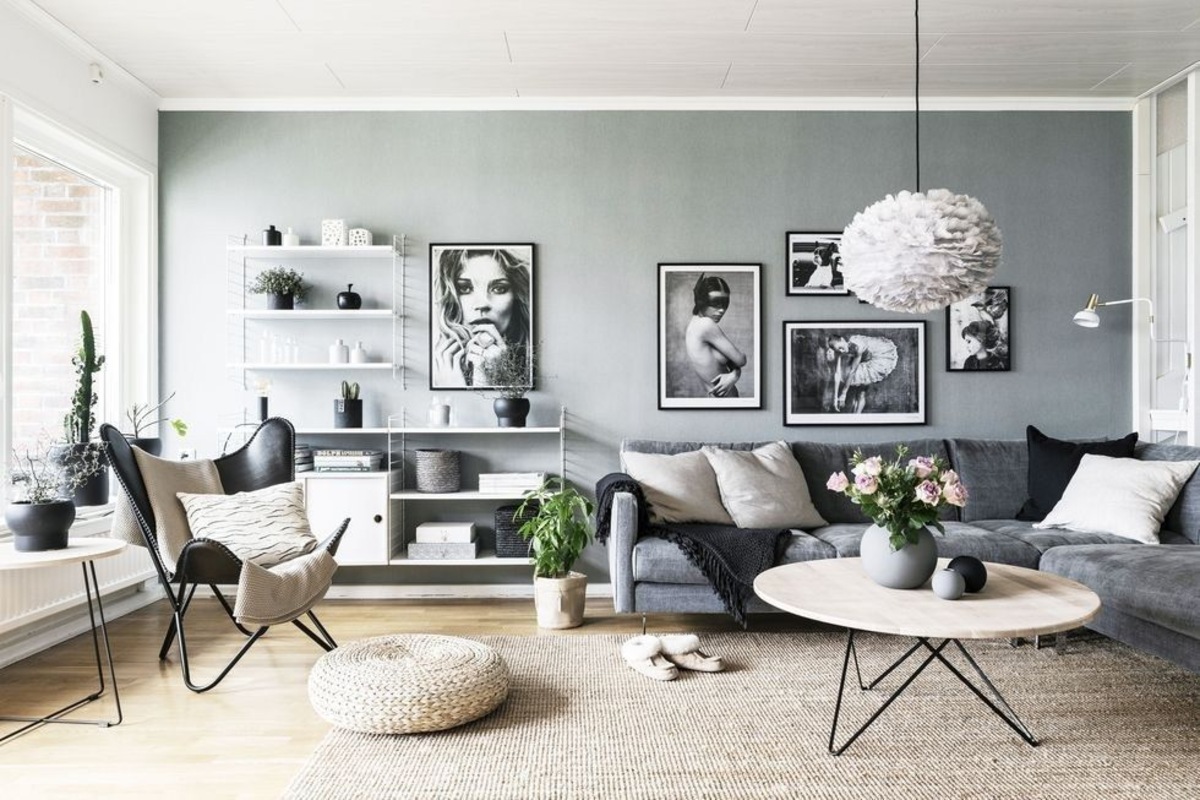

Living Room Storage
15 Scandinavian Living Rooms: Transform A Room With Nordic Design
Modified: October 18, 2024
Discover 15 stunning Scandinavian living rooms that effortlessly incorporate Nordic design elements. Transform your space with clever living room storage solutions.
(Many of the links in this article redirect to a specific reviewed product. Your purchase of these products through affiliate links helps to generate commission for Storables.com, at no extra cost. Learn more)
Introduction
The Scandinavian design style has gained immense popularity in recent years for its simplicity, functionality, and elegance. With its focus on minimalism, natural elements, and clean lines, Scandinavian living rooms offer a serene and inviting atmosphere that can transform any space into a serene oasis. In this article, we will explore 15 Scandinavian living rooms that showcase the essence of Nordic design and provide inspiration for creating your own stylish and cozy retreat.
One of the defining characteristics of Scandinavian design is its commitment to simplicity and minimalism. Scandinavian living rooms often feature clean lines, neutral colors, and a lack of unnecessary ornamentation. This minimalist approach creates a sense of calm and serenity, allowing the room to feel open, spacious, and uncluttered.
Incorporating natural elements is another key aspect of Scandinavian design. Using materials such as wood, stone, and leather helps to bring a sense of warmth and authenticity to the space. Additionally, the use of natural light is highly emphasized, with large windows and sheer curtains allowing sunlight to fill the room and create a bright and airy atmosphere.
To enhance the comfort and coziness of Scandinavian living rooms, soft textiles and rugs are often used. Plush sofas, fluffy cushions, and luxurious throws invite you to relax and unwind. Warm lighting, such as pendant lights or a fireplace, adds to the inviting ambiance of the room.
Functionality and practicality are also important elements of Scandinavian design. Multifunctional furniture pieces, like storage ottomans or coffee tables with hidden compartments, help to maximize space and keep the room organized. Streamlined storage solutions, such as built-in bookshelves or floating shelves, contribute to the clean and clutter-free aesthetic.
The Scandinavian color palette is typically calm and subdued, with neutral tones like whites, grays, and light browns dominating the space. These light colors not only contribute to the airy atmosphere but also serve as a backdrop for pops of bolder colors, like vibrant blues or yellows, which can be incorporated as accents through artwork or accessories.
Layout and balance play a crucial role in Scandinavian living rooms. Symmetrical arrangements of furniture create a sense of order and harmony, while balancing visual elements of different sizes and shapes ensures that the room feels cohesive and visually pleasing.
Embracing the concept of hygge, which represents a feeling of coziness and contentment, is also common in Scandinavian living room design. This can be achieved through the use of candles, soft lighting, and the inclusion of cozy blankets and pillows that invite you to snuggle up and enjoy a comforting atmosphere.
In addition to the aforementioned design elements, Scandinavian living rooms also often incorporate a mix of old and new elements, creating an eclectic and unique style. Vintage furniture pieces, when combined with modern accents, add a sense of history and character to the space.
With the focus on functionality, Scandinavian living rooms creatively make use of every inch of space, including small corners and niches. Whether it’s a reading nook or a workspace tucked away in a corner, these areas are thoughtfully designed to optimize functionality in even the most limited spaces.
To add personality and charm to Scandinavian living rooms, art and accessories are carefully chosen. Minimalist artwork, sculptures, and stylish decor items serve as focal points and enhance the overall aesthetic of the room.
Scandinavians are known for their close relationship with nature, and this is often reflected in their living room design. Bringing the outdoors in by incorporating outdoor-inspired furniture, nature-themed decor elements, or even a living plant can create a sense of tranquility and connection with the natural world.
Texture and layering are key elements of Scandinavian style. Faux fur throws and pillows, layered rugs, and textured wallpapers or fabrics add depth and visual interest to the living room, making it feel cozy and inviting.
Lastly, considering sustainability is a core value of Scandinavian design. Using eco-friendly materials, repurposing old items, and recycling wherever possible contribute to a more sustainable and environmentally-conscious living room.
With these 15 Scandinavian living rooms as inspiration, you can create your own Nordic haven, a space that reflects simplicity, functionality, and timeless elegance. Whether you favor a minimalist approach or prefer a more eclectic style, Scandinavian design offers endless possibilities for transforming your living room into your personal sanctuary.
Key Takeaways:
- Embrace simplicity, functionality, and timeless elegance in your living room with Scandinavian design. Prioritize cozy and comfortable spaces, natural elements, and sustainable practices for a serene and inviting retreat.
- Infuse your living room with the essence of Nordic design by incorporating light and airy atmospheres, textured and layered elements, and a harmonious blend of old and new elements. Create a visually appealing and sustainable sanctuary within your home.
Simple and Minimalist Designs
One of the defining characteristics of Scandinavian design is its simplicity and minimalism. Scandinavian living rooms embrace a less-is-more approach, focusing on clean lines, uncluttered spaces, and a soothing color palette.
When it comes to color, neutral tones such as whites, grays, and light browns are prominently used in Scandinavian living rooms. These colors create a sense of tranquility and allow other design elements to stand out. Furthermore, they contribute to the overall light and airy atmosphere that is characteristic of Nordic design.
In addition to the use of neutral colors, clean lines and shapes play a key role in creating a simple and harmonious space. Furniture and decor items in Scandinavian living rooms often feature sleek and streamlined designs. This minimalist approach not only enhances the visual appeal but also helps to maximize space and create a visually uncluttered environment.
One of the advantages of simple and minimalist designs is the timeless appeal they bring to the living room. Scandinavian design has a timeless quality that transcends trends, making it a perfect choice for those who appreciate longevity in their interior aesthetics. By opting for clean lines and neutral colors, you can create a space that remains stylish and relevant for years to come.
Another benefit of simplicity in design is the calming effect it has on the mind. In our fast-paced world, having a living room that elicits a sense of tranquility and peace can be incredibly beneficial. Scandinavian living rooms, with their minimalist style, offer a sanctuary where you can relax, unwind, and escape the chaos of everyday life.
In terms of furniture and decor, less is often more in Scandinavian living rooms. Focus on selecting a few high-quality pieces that not only serve their intended purpose but also contribute to the overall aesthetic of the room. Avoid cluttering the space with unnecessary items, instead opting for a few well-chosen accents that enhance the simplicity and elegance of the design.
Ultimately, simple and minimalist designs in Scandinavian living rooms create a sense of calm and serenity. By using neutral colors, clean lines, and uncluttered spaces, you can transform your living room into a tranquil oasis where you can relax, rejuvenate, and find solace in the beauty of simplicity.
Natural Elements
Nature serves as a major source of inspiration in Scandinavian design, and incorporating natural elements into the living room is a key characteristic of this style. By bringing the outdoors in, Scandinavian living rooms create a sense of harmony, tranquility, and connection to the natural world.
One of the prominent natural elements in Scandinavian living rooms is wood. From light pine to rich walnut, wood is often utilized for furniture, flooring, and even wall paneling. The warm and organic nature of wood adds a touch of natural beauty and creates a cozy and inviting atmosphere in the living room.
In addition to incorporating wooden furniture, a hallmark of Scandinavian design is the use of natural light. Large windows, often unobstructed by heavy drapes, allow ample natural light to flood the space. This not only brings a sense of brightness and openness but also highlights the natural beauty of the surrounding environment. It helps to create a harmonious relationship between the interior and exterior spaces, blurring the boundaries and allowing nature to become an integral part of the living room design.
Plants are another essential element for bringing nature into Scandinavian living rooms. Whether it’s a small potted plant on a windowsill or a collection of lush greenery arranged strategically in the room, plants add life, freshness, and a sense of calm to the space. They also contribute to improved air quality and create a soothing ambiance.
Incorporating natural elements such as wood, natural light, and plants into your Scandinavian living room not only enhances the aesthetic appeal but also benefits your overall well-being. The presence of wood creates a cozy and grounding atmosphere, while natural light fosters a positive and uplifting environment. Plants not only add visual interest but also purify the air and promote a sense of tranquility.
When choosing wood elements for your living room, consider the different types of wood and their unique characteristics. Light-colored woods like birch or ash can provide a more minimalistic and contemporary feel, while darker woods like walnut or oak can add warmth and a touch of sophistication. Selecting the right type of wood will help you achieve the desired aesthetic and ambiance in your living room.
In terms of natural light, make sure to maximize the exposure of your living room to sunlight. Keep windows unobstructed and opt for sheer curtains or blinds that allow light to filter through. If privacy is a concern, consider frosted or textured glass for your windows to maintain a connection with the outdoors while still maintaining the necessary privacy.
Lastly, when choosing plants for your Scandinavian living room, opt for low-maintenance varieties that thrive well in indoor environments with moderate light levels. Popular choices include snake plants, peace lilies, and spider plants. Be sure to consider their sunlight and watering requirements to ensure they thrive in your living room setting.
By incorporating natural elements like wood, natural light, and plants, you can create a harmonious and calming living room space that brings the beauty of the outdoors inside. Embracing nature in your Scandinavian design will enhance the overall aesthetic and contribute to a more peaceful and serene living environment.
Cozy and Comfortable Spaces
Scandinavian living rooms are known for their cozy and inviting atmosphere, creating a space where you can truly relax and unwind. These spaces prioritize comfort and prioritize the use of soft textiles, rugs, warm lighting, and even a fireplace to create a cozy haven in your home.
Soft textiles play a significant role in Scandinavian living rooms. From plush sofas and oversized armchairs to soft cushions and cozy blankets, these elements contribute to a sense of comfort and relaxation. Opt for fabrics that are inviting and tactile, such as cotton, linen, or velvet. Mixing and layering different textures and patterns can also add depth and visual interest to the space.
Rugs are another essential element in creating a cozy living room. They not only visually define the seating area but also provide a soft and warm surface underfoot. Scandinavian living rooms often feature natural fiber rugs, like wool or sisal, which add a touch of warmth and contribute to the overall cozy ambiance. Consider layering rugs for added comfort and style, combining different textures and patterns to create a unique look.
Lighting plays a crucial role in setting the mood and creating a cozy atmosphere in Scandinavian living rooms. Warm and soft lighting sources, such as table lamps, floor lamps, and dimmable ceiling fixtures, are preferred over harsh overhead lighting. The goal is to create a warm and inviting glow that enhances relaxation and comfort. Consider incorporating warm LED bulbs or candles for a subtle and soothing ambiance.
A fireplace is a quintessential feature in many Scandinavian living rooms. Whether it’s a traditional wood-burning fireplace or a modern electric or gas one, a fireplace instantly adds warmth and coziness to the space. It serves as a focal point and creates a comforting atmosphere, especially during colder months. Arrange seating around the fireplace to maximize the cozy factor and create a gathering spot for family and friends.
To make your living room even cozier, consider adding additional elements such as oversized floor pillows or a comfortable reading nook tucked away in a corner. These cozy spots provide an intimate space for relaxation and solitude. Include a side table or shelf nearby to hold a warm cup of tea or a good book.
When it comes to color schemes, Scandinavian living rooms often gravitate towards warm and earthy tones. Shades of gray, beige, and brown create a calming and soothing backdrop, while pops of color can be introduced through accent pillows, throws, or artwork. Create a visual balance by opting for colors that complement each other and contribute to the overall cozy aesthetic.
By incorporating soft textiles, rugs, warm lighting, and a fireplace, you can transform your Scandinavian living room into a cozy and comfortable sanctuary. These elements combine to create a space that invites relaxation and provides a haven from the busy outside world. As you curl up on a soft sofa with a warm blanket, surrounded by the soft glow of gentle lighting, your living room becomes a place where you can truly unwind and embrace comfort.
Functional and Practical Furniture
In Scandinavian living rooms, functionality and practicality are key considerations when it comes to furniture. The focus is on choosing pieces that not only serve their intended purpose but also contribute to the overall aesthetic and create a streamlined and organized space.
One of the principles of Scandinavian design is the use of multifunctional furniture pieces. These cleverly designed pieces serve more than one purpose, maximizing space and enhancing functionality. For example, a sofa with built-in storage or a coffee table with hidden compartments can provide additional storage solutions while maintaining a clean and uncluttered look in the living room.
Streamlined storage solutions are also prominent in Scandinavian living rooms. Built-in shelves, floating shelves, and wall-mounted units help to keep the space organized and free of clutter. These storage options not only provide a practical solution for keeping items out of sight but also create opportunities for displaying meaningful decor and personal touches.
When selecting furniture for your Scandinavian living room, consider pieces with clean lines and a minimalist aesthetic. Sleek and simple designs contribute to the overall sense of order and create an uncluttered and calm environment. Opt for furniture made from natural materials, such as wood or metal, to maintain the connection to nature that is often celebrated in Scandinavian design.
Another consideration when choosing furniture is scale and proportion. Scandinavian living rooms typically prioritize open and spacious layouts, so it’s essential to choose furniture that fits the scale of the room. Avoid oversized pieces that may overwhelm the space and opt for furniture that allows for easy movement and flow.
Additionally, Scandinavian living rooms often embrace the concept of “less is more” when it comes to furniture. Rather than filling the space with an abundance of seating options, choose a few well-designed and comfortable pieces that can accommodate your needs without overcrowding the room. This approach not only creates a clean and minimalist aesthetic but also allows for a more open and spacious feel.
When it comes to storage solutions, consider incorporating a mix of open and closed storage options. Open shelving can display decorative items and personal mementos, while closed cabinets and drawers keep clutter out of sight. This combination allows for a visually appealing and organized living room.
Functionality and practicality are essential aspects of Scandinavian living room design. By selecting multifunctional furniture pieces and utilizing streamlined storage solutions, you can create a space that is not only visually pleasing but also highly functional and organized. Embrace the minimalist aesthetic and focus on quality and purpose in your furniture choices, and you’ll create a Scandinavian living room that effortlessly combines style and practicality.
Read more: Nordic-Inspired Interiors For Simple Living
Emphasis on Light and Airy Atmosphere
Scandinavian design is renowned for its emphasis on creating light and airy spaces that are inviting and refreshing. This focus on brightness and openness is achieved through the use of large windows, sheer curtains, and light-colored furniture and walls.
In Scandinavian living rooms, large windows are a common feature. These windows allow abundant natural light to flood the space, creating a bright and cheerful atmosphere. The use of big windows not only maximizes the intake of natural light but also allows for beautiful views of the outdoors, further connecting the interior and exterior environments.
Sheer curtains are often chosen to accompany the large windows in Scandinavian living rooms. These curtains provide privacy without obstructing the flow of light. The translucent fabric diffuses the incoming sunlight, creating a soft and gentle glow that enhances the overall brightness of the room. By opting for sheer curtains, you can maintain the light and airy atmosphere while still maintaining the necessary privacy.
Light-colored furniture and walls are essential in achieving the desired Scandinavian aesthetic. Neutral tones such as whites, creams, and light grays are frequently used. These light hues help to reflect and amplify the available light, making the living room feel more open and spacious. Light-colored furniture also contributes to a clean and minimalist aesthetic, allowing other decorative elements to stand out.
To add dimension and interest to the living room, consider incorporating different shades and textures within the light color palette. For example, mix white furniture with light gray or beige accessories, or introduce a pop of color through accent pillows or artwork. This approach adds depth and visual appeal while maintaining the overall light and airy ambience.
In addition to the walls and furniture, the choice of flooring can also impact the lightness and openness of a Scandinavian living room. Light-colored flooring, such as light wood or pale-colored carpet, helps to reflect and distribute the incoming light. This creates a seamless and cohesive look, enhancing the overall sense of brightness in the space.
Alongside light-colored furniture and walls, it’s important to pay attention to the finishing touches in your living room. Opt for reflective surfaces or mirrors that can amplify the natural light and give the illusion of a larger space. Incorporate strategic lighting fixtures to supplement the natural light during darker hours or cloudy days, ensuring a consistently bright and inviting atmosphere.
By embracing the emphasis on light and airy atmospheres, Scandinavian living rooms offer a welcoming and refreshing environment. Through the use of large windows, sheer curtains, light-colored furniture, and walls, you can create a space that feels open, inviting, and in tune with nature. Allow the natural light to illuminate your living room and infuse it with a sense of tranquility and serenity.
Geometric Patterns and Textures
Incorporating geometric patterns and textures is a key element of Scandinavian design, adding visual interest and a contemporary touch to living rooms. From stripes and triangles to chevron designs, these geometric patterns can be found in various forms, including textiles, wallpapers, and decor accessories.
One popular way to incorporate geometric patterns is through textiles such as throw pillows, rugs, and curtains. Opt for bold and graphic prints with clean lines and geometric shapes. Stripes, triangles, and chevron designs are particularly popular choices. These patterns can add a dynamic and playful element to the living room while maintaining a sense of order and structure.
Textured wallpapers are another way to introduce geometric elements into Scandinavian living rooms. Consider wallpapers with geometric embossing or patterns that provide depth and dimension to the walls. Textured wallpapers not only create visual interest but also add a tactile element that enhances the overall sensory experience in the room.
In addition to patterns, consider incorporating textured fabrics into your living room design. Textured upholstery, such as woven fabrics or knitted materials, can add a cozy and inviting feel to seating furniture. Layering different textured fabrics, such as a chunky knit throw or a faux fur rug, can also add warmth and depth to the space.
When using geometric patterns and textures, it’s important to maintain a balanced and cohesive look. Avoid overdoing it by incorporating too many patterns or textures in one space. Instead, choose a focal point where the pattern takes center stage, such as an accent wall with geometric wallpaper or a bold area rug in the center of the room. From there, complement the dominant pattern with simpler and more neutral elements to create a harmonious balance.
Remember, Scandinavian design often emphasizes simplicity and minimalism, so it’s important to strike a balance between incorporating geometric patterns and maintaining a clean and uncluttered look. When it comes to color, stick to a neutral or monochromatic palette to allow the geometric patterns and textures to stand out without overwhelming the space.
By incorporating geometric patterns and textures into your Scandinavian living room, you can add a modern and visually intriguing element to your space. Whether through textiles, wallpapers, or textured fabrics, these geometric elements contribute to the overall aesthetic while staying true to the clean lines and simplicity that define Scandinavian design.
Nordic-Inspired Color Palette
A key aspect of Scandinavian design is the carefully curated color palette that reflects the natural beauty of the Nordic landscape. Soft pastels and muted tones take center stage in Scandinavian living rooms, creating a serene and harmonious atmosphere.
Soft pastel colors, such as pale blues, subtle pinks, and gentle yellows, are commonly found in Nordic-inspired living rooms. These soft hues evoke a sense of tranquility and warmth, creating a soothing backdrop for the space. Pastel colors are often used on walls and larger furniture pieces, contributing to a light and airy ambiance.
In addition to soft pastels, muted tones like grays, beiges, and earthy browns are also prevalent in Scandinavian design. These subdued colors provide a sense of grounding and neutrality, allowing other design elements to shine. Muted tones are often incorporated through furniture upholstery, area rugs, and curtains, adding depth and sophistication to the living room.
While soft pastels and muted tones form the foundation of a Nordic-inspired color palette, pops of bold colors can be introduced as accents. These bold hues, such as vibrant blues, deep greens, or rich oranges, add interest and personality to the space. Accent colors can be incorporated through decorative accessories like throw pillows, artwork, or statement furniture pieces.
When using bold accent colors, it’s essential to strike a balance to ensure they complement the overall aesthetic rather than overpowering it. Opt for strategic placements of bold colors, allowing them to become focal points in the room. This will create visual interest and prevent the space from appearing monotonous.
In Scandinavian design, the goal is to create a sense of harmony and balance through the use of color. It’s common to combine soft pastels, muted tones, and pops of bold colors to establish a dynamic and visually pleasing living room. By doing so, you can maintain the calm and serene atmosphere while infusing the space with elements of excitement and self-expression.
Consider the impact of natural light in your living room when selecting colors. Scandinavian design often emphasizes the importance of natural light, and colors can appear different depending on the amount and quality of light. Test swatches in the room and observe how they change throughout the day to ensure the colors you choose harmonize with the natural lighting conditions.
The Nordic-inspired color palette creates a balanced and serene atmosphere in the living room. Soft pastels and muted tones establish a calming backdrop, while well-placed pops of bold colors provide moments of excitement and personality. By carefully selecting and combining colors, you can achieve a harmonious and visually engaging living room that reflects the beauty of Scandinavian design.
Symmetry and Balance in Layout
In Scandinavian design, symmetry and balance play important roles in creating a visually pleasing and harmonious living room. The layout and arrangement of furniture are carefully considered to establish a sense of order and cohesion in the space.
One key aspect of achieving symmetry in Scandinavian living rooms is arranging furniture symmetrically. This means placing furniture pieces in a balanced and mirrored manner on either side of a central point or along a central axis. For example, positioning two identical armchairs on either side of a coffee table or placing twin lamps on either side of a sofa can create a symmetrical and visually pleasing arrangement.
By implementing symmetry in the layout, you create a sense of order and balance, which contributes to the overall aesthetic appeal of the living room. Symmetry helps to guide the eye and creates a pleasing visual flow, making the space feel more inviting and harmonious.
In addition to symmetry, it’s crucial to balance visual elements and sizes in your living room layout. Mixing and matching furniture pieces of different sizes and heights can create a dynamic and visually engaging space. For example, pairing a large sectional sofa with a compact side table or combining tall bookshelves with a low-profile coffee table helps to create a sense of proportion and balance.
Ensure that furniture and decor items are distributed evenly throughout the room to maintain a balanced composition. Avoid overcrowding one side of the room or leaving large empty areas. Distribute visual weight to create a cohesive look and establish a sense of equilibrium.
Consider the overall flow and functionality of the room when arranging furniture. Arrange seating areas to promote conversation and ease of movement. Create a focal point, such as a fireplace or a large piece of artwork, and arrange furniture around it to enhance the visual impact and establish a central focus in the room.
It’s important to note that achieving symmetry and balance in layout doesn’t mean everything has to be perfectly identical or mirrored. Scandinavian design embraces a sense of organic harmony rather than strict rigidity. You can incorporate asymmetrical elements or mix different styles to add visual interest and create a more eclectic look while staying true to the principles of balance and symmetry.
By focusing on symmetry and balance in your living room layout, you can create a visually appealing and harmonious space. The careful placement of furniture and decor items establishes a sense of order and cohesion, creating a comfortable and visually engaging environment. Whether you lean towards a more symmetrical or eclectic arrangement, strive to strike a balance that reflects your personal style and enhances the overall aesthetic of your Scandinavian living room.
Incorporate natural elements like wood, stone, and plants to bring a sense of warmth and connection to nature in your Scandinavian living room design.
Incorporating Hygge Concept
In Scandinavian design, the concept of hygge (pronounced “hoo-gah”) plays a significant role in creating a cozy and inviting living room atmosphere. Hygge is all about embracing comfort, coziness, and well-being. By incorporating elements of hygge into your Scandinavian living room, you can create a space that exudes warmth, relaxation, and contentment.
Candles and dim lighting are essential in creating a hygge-inspired ambiance. The soft glow of candlelight creates a warm and intimate atmosphere in the living room. Consider placing candles of various sizes and shapes on tables, shelves, or a dedicated candle tray. Choose unscented candles to avoid overpowering the space with fragrances. Dimmable lights or low-wattage bulbs can also provide a soft and inviting ambiance, allowing you to adjust the lighting level according to your desired level of coziness.
Cozy blankets and pillows are must-have elements to incorporate hygge into your living room. Soft, plush blankets and cushions invite you to curl up and settle in. Opt for natural materials like wool, faux fur, or knitted textures to add warmth and texture. Layering blankets and pillows on seating furniture creates a sense of abundance and comfort, encouraging relaxation and fostering a cozy and inviting environment.
Consider creating a dedicated reading nook or a relaxation corner within your living room. Place a comfortable armchair or a chaise lounge near a window or cozy corner and add a side table for books and a warm cup of tea. Arrange soft lighting and drape a blanket over the chair to create an inviting space for quiet moments of relaxation or getting lost in a good book.
To fully embrace the hygge concept, incorporate natural elements into your living room. This could include incorporating materials such as wood, stone, or natural fibers. Wooden furniture, exposed beams, or a stone fireplace will add warmth and a connection to nature. Introduce indoor plants or fresh flowers to bring a touch of greenery and life into the space, further enhancing the sense of well-being.
Engaging in activities that promote hygge can also enhance the cozy atmosphere in your living room. Whether it’s enjoying a warm cup of tea or coffee, practicing mindfulness and meditation, or indulging in a favorite hobby, dedicating time to activities that bring you joy and help you unwind adds a layer of comfort and relaxation to the space.
Hygge is about creating an environment that fosters well-being, comfort, and connection. By incorporating candles and dim lighting, cozy blankets and pillows, natural elements, and engaging in activities that promote relaxation, your Scandinavian living room becomes a sanctuary where you can unwind, find solace, and enjoy the simple pleasures of everyday life.
Mixing Old and New Elements
In Scandinavian living rooms, a unique and eclectic style is often achieved by mixing old and new elements. Combining vintage furniture with modern pieces adds character, depth, and a sense of history to the space, resulting in a living room that is truly one-of-a-kind.
When incorporating vintage furniture into your Scandinavian living room, look for pieces with timeless design and quality craftsmanship. Vintage furniture, whether it’s a mid-century modern armchair or a rustic wooden side table, adds a sense of nostalgia and charm to the space. These pieces can become conversation starters and focal points, contributing to the overall aesthetic and creating a connection to the past.
To create a cohesive look when mixing old and new elements, consider balancing the proportions, materials, and styles. While vintage furniture pieces may have more ornate details, juxtaposing them with streamlined and contemporary pieces can create an exciting contrast. Integrate modern pieces with clean lines, neutral colors, and minimalist designs to balance the visual impact of the vintage elements.
In addition to furniture, accessories and decor play a crucial role in mixing old and new styles. Incorporate vintage lamps, wall art, or decorative items to add character and personal touch to the living room. Unique vintage finds can bring a sense of individuality and uniqueness to your space, elevating it from a generic interior to a curated and eclectic sanctuary.
When combining old and new elements, strive for a harmonious blend. Mixing styles and eras can create an eclectic and visually stimulating living room. However, it’s important to maintain a sense of cohesiveness throughout the space. Look for common threads that tie the elements together, such as a color scheme, complementary textures, or a shared design aesthetic.
By combining old and new elements, you have the opportunity to express your personal style and create a living room that is a reflection of your unique taste. The blend of vintage furniture and modern pieces adds depth and interest, ensuring that your Scandinavian living room stands out and captures attention. It’s about finding a balance between the old and the new, weaving together elements from different eras to create a cohesive and visually appealing space.
Remember, the key to successfully mixing old and new elements is to create a sense of balance and maintain a cohesive look. The result is a living room that tells a story, showcases your personal style, and presents a space that is truly your own.
Creative Use of Space
Scandinavian living rooms are often designed with a focus on optimal functionality, especially in limited areas. Creative use of space is a key element of Scandinavian design, allowing every corner and niche to serve a purpose and contribute to the overall functionality and aesthetics of the room.
In small living rooms, utilizing small corners and niches effectively is crucial. These often-overlooked spaces can become valuable storage or display areas. Install floating shelves or built-in storage units to maximize vertical space and keep the floor area clear. Transform an empty corner into a cozy reading nook by adding a comfortable chair, a floor lamp, and a small side table for books and beverages.
Consider multi-functional furniture pieces that save space and serve multiple purposes. For example, choose a coffee table with hidden storage compartments or an ottoman that can be used for seating, storage, and as a coffee table when paired with a tray. Look for furniture that can be folded or easily moved when not in use to create more open space and flexibility in your living room layout.
Wall-mounted furniture is another excellent option for optimizing space in Scandinavian living rooms. Mount your television on the wall to free up floor space and create a sleek and uncluttered look. Wall-mounted shelves or cabinets can be used for storage or as a display area for books, plants, or decorative items. This not only helps keep the room organized but also adds visual interest to the walls.
When working with limited space, it’s essential to maintain a sense of openness and avoid overcrowding the room. Opt for furniture with slender profiles and light colors to create an illusion of spaciousness. Consider using transparent or reflective materials, such as glass or mirrored surfaces, to visually expand the room and reflect light.
Make use of vertical space by installing floor-to-ceiling curtains or drapes. This draws the eye upwards and creates the illusion of taller ceilings, making the room feel more airy and open. Additionally, floor lamps can be used to direct light upwards, further enhancing the sense of height in the living room.
Scandinavian design favors a clean and uncluttered aesthetic, so it’s important to maintain sufficient storage options to keep belongings tucked away. Utilize hidden storage solutions like drawers under sofas or beds, wall-mounted hooks for coats or bags, and stylish baskets or boxes to store extra belongings. This ensures that the living room remains organized and free from unnecessary clutter.
By harnessing the creative use of space, Scandinavian living rooms can be transformed into functional and stylish areas. The strategic placement of furniture, the utilization of small corners and niches, and the incorporation of multi-functional pieces all contribute to maximizing the potential of limited areas. Embrace the concept of simplicity and functionality to create a living room that is both practical and visually appealing.
Scandinavian-Inspired Art and Accessories
Scandinavian design embraces an appreciation for art and carefully selected accessories that enhance the overall aesthetic of the living room. When it comes to Scandinavian-inspired art and accessories, simplicity, minimalism, and a focus on clean lines are key.
Minimalist artwork and sculptures are favored in Scandinavian living rooms. Opt for pieces that evoke a sense of tranquility and capture the essence of nature or the Nordic landscape. Consider abstract paintings with muted tones, photography featuring natural landscapes, or sculptures with smooth lines and simple forms. These pieces of art bring visual interest to the living room while maintaining a minimalist and sophisticated look.
When selecting accessories, keep in mind the principle of “less is more.” Scandinavian design promotes a clutter-free and uncluttered aesthetic. Choose simple and stylish decor items that contribute to the overall ambiance without overwhelming the space. For example, select vases with clean shapes and natural materials like glass or ceramics, or opt for minimalist candle holders that add a touch of warmth and ambiance.
Natural elements are often incorporated in Scandinavian design through accessories. Consider incorporating elements like driftwood, stones, or feathers for a connection to the outdoors. These organic and subtle touches add a sense of harmony and bring a piece of nature into your living room.
Textiles also play an important role in Scandinavian-inspired accessories. Look for stylish yet functional items like throw blankets, woven baskets, or patterned cushions. Choose textiles made from natural materials like cotton, linen, or wool, and opt for subtle patterns or textures that add visual interest without overpowering the space.
It’s important to strike a balance when incorporating art and accessories in Scandinavian living rooms. Choose a few key pieces that speak to you and create visual impact, rather than cluttering the space with too many items. Arrange them strategically, allowing them to become focal points and enhancing the overall aesthetic of the room.
Consider the concept of “lagom,” which embodies the Scandinavian idea of balance and moderation. Lagom encourages finding a harmonious middle ground that is not too little and not too much. Apply this principle to your choices of art and accessories, selecting items that contribute to the overall design without overwhelming the space.
Remember, Scandinavian design celebrates simplicity, minimalism, and an appreciation for art and accessories that evoke a sense of calm and beauty. By choosing minimalist artwork, incorporating simple and stylish decor items, and focusing on natural elements and textures, you can create a visually appealing living room that reflects the elegance and tranquility of Scandinavian design.
Embracing the Outdoors
In Scandinavian design, a strong connection to the outdoors is highly valued. Bringing elements of nature into the living room can create a sense of tranquility, harmony, and a deeper connection to the natural world. By embracing the outdoors, Scandinavian living rooms can become spaces that reflect the beauty of nature and provide a soothing sanctuary.
One way to embrace the outdoors in your living room is by incorporating outdoor-inspired furniture. Wicker or rattan furniture pieces, reminiscent of patio furniture, can add an organic and relaxed aesthetic to the space. Consider a wicker armchair or a rattan side table to infuse a touch of natural beauty and create a cozy and inviting atmosphere.
Nature-themed decor elements can also create a connection to the outdoors. Consider incorporating elements like botanical prints, floral patterns, or wildlife-inspired decor pieces. Look for artwork or throw pillows that showcase leaves, flowers, or animals to add a sense of whimsy and bring the natural world into your living room.
Introducing natural materials is another way to embrace the outdoors in your living room. Choose furniture and decor items made from wood, such as coffee tables, side tables, or shelves, to create a warm and grounded ambiance. Opt for furnishings with visible grain patterns and natural finishes to enhance their organic appeal.
Incorporating indoor plants is a popular way to bring the outdoors inside a Scandinavian living room. Select plants that thrive in indoor environments with moderate light levels, such as snake plants, pothos, or peace lilies. Position them near windows or in corners to create a refreshing and vibrant atmosphere. Indoor plants not only add a visual element of nature but also help purify the air and contribute to a healthier indoor environment.
Additionally, large windows with unobstructed views can enhance the connection to the outdoors. Sheer curtains that allow natural light to filter through maintain the visual connection while maintaining privacy. Arrange seating areas near windows to create a cozy spot where you can enjoy the views and bask in the beauty of nature.
Natural light is an important element in Scandinavian design, so ensure that your living room maximizes the amount of natural light entering the space. Keep windows clean and unobstructed to allow as much sunlight as possible to flood the room. This not only adds warmth and brightness but also helps to create a seamless transition between the indoors and outdoors.
By embracing the outdoors in your living room, you can create a space that promotes relaxation, rejuvenation, and a deeper connection with nature. Incorporating outdoor-inspired furniture, nature-themed decor elements, natural materials, and indoor plants creates a living room that reflects the beauty of the natural world and provides a soothing sanctuary in your home.
Textured and Layered Design Elements
In Scandinavian living rooms, adding texture and layers to the design is a key element in creating visual interest and coziness. By incorporating textured and layered design elements, you can transform your living room into a space that is inviting, warm, and full of visual depth.
Faux fur throws and pillows are a popular choice for adding texture and a touch of luxury to Scandinavian living rooms. Drape a faux fur throw over a sofa or armchair to create a cozy and inviting atmosphere. Add faux fur pillows to accentuate comfort and bring a tactile element to the seating area. The softness and texture of faux fur not only provide visual interest but also invite you to curl up and relax.
Layering rugs is another way to add texture and depth to the living room. Place a larger, neutral-toned rug as the base, and layer a smaller, patterned or textured rug on top. This creates visual interest and defines different zones within the room. Consider mixing textures like jute, shag, or braided rugs for a unique and layered look.
Layered curtains also contribute to the textured and layered aesthetic in Scandinavian living rooms. Combine sheer and opaque curtains to control light and privacy while adding depth to the windows. Sheer curtains allow natural light to filter through while providing a soft and ethereal effect. Layering opaque curtains over them creates a cozy and intimate atmosphere, especially during the evenings.
Adding texture doesn’t have to be limited to textiles. Consider incorporating textured wallpapers or textured wall panels to create a focal point in the room. Textured wallpapers with patterns like subtle geometric shapes or organic textures add depth and visual interest to the walls without overpowering the space. Alternatively, you can opt for textured wall panels made from materials like bamboo or reclaimed wood to bring a natural and tactile element to your living room.
When incorporating textured and layered elements, it’s important to maintain a sense of balance. Avoid overloading the space with too many textures or patterns. Instead, choose a few key pieces or areas to focus on, such as the seating area or a feature wall. This allows the textured and layered elements to stand out and create visual impact while keeping the room visually cohesive.
Consider the color palette when selecting textured and layered elements for your living room. Stick to a cohesive color scheme to ensure that the different textures and layers complement each other. Neutrals, earth tones, or muted colors are often used in Scandinavian design, allowing the textures to take center stage and create a calming and timeless ambiance.
By incorporating faux fur throws and pillows, layered rugs, layered curtains, and textured wallpapers or panels, you can add depth, visual interest, and a cozy atmosphere to your Scandinavian living room. Embrace the tactile nature of these elements and create a space that invites you to touch, relax, and enjoy the varied textures that contribute to the overall aesthetic.
Considering Sustainability
A key aspect of Scandinavian design is its commitment to sustainability. In Scandinavian living rooms, it’s important to consider the environmental impact of the materials and items used. By incorporating eco-friendly materials and practicing repurposing and recycling, you can create a sustainable and environmentally conscious living room.
Choosing eco-friendly materials is a fundamental principle of sustainable design. Opt for furniture made from sustainable sources, such as FSC-certified wood or bamboo. Avoid materials that contain harmful chemicals or toxins, such as formaldehyde or VOCs (Volatile Organic Compounds). Look for upholstery fabrics that are made from natural fibers like organic cotton, linen, or hemp, which are grown without the use of pesticides.
When it comes to flooring, consider sustainable options like bamboo, cork, or reclaimed wood. These materials have lower environmental impacts compared to traditional hardwood flooring and contribute to a more sustainable living room. Additionally, using natural fibers for area rugs, such as jute or sisal, can also be an eco-friendly choice.
Repurposing and recycling items is another important aspect of sustainable design. Instead of purchasing brand new furniture or decor items, consider giving new life to pre-existing pieces by refinishing, reupholstering, or repainting them. This not only reduces waste but also adds a unique and personalized touch to your living room.
Look for opportunities to repurpose and upcycle items in your living room. For example, turn vintage suitcases into stylish and functional storage solutions, transform old crates into unique side tables, or repurpose glass bottles or jars as decorative vases or candle holders. This not only adds character to your living room but also reduces the demand for new products and minimizes waste.
Consider shopping for second-hand or vintage furniture and decor items. Thrift stores, flea markets, and online marketplaces offer a wide range of unique and affordable pieces that can be incorporated into your living room. Buying second-hand reduces the carbon footprint associated with manufacturing new products and supports a circular economy.
Reduce energy consumption in your living room by choosing energy-efficient lighting options. Use LED bulbs that consume less energy and have a longer lifespan. Install dimmers or timers to optimize lighting usage and reduce unnecessary electricity consumption. Additionally, make it a habit to turn off lights and unplug electronic devices when they are not in use.
By considering sustainability in your living room design, you can contribute to a greener and healthier planet. Incorporating eco-friendly materials, repurposing and recycling items, and reducing energy consumption all contribute to a more sustainable living room. By creating an environmentally conscious space, you not only contribute to the well-being of the environment but also support a more sustainable way of living.
Conclusion
Designing a Scandinavian-inspired living room that embodies simplicity, functionality, and timeless elegance can transform your space into a sanctuary of style and comfort. By incorporating the key elements discussed in this article, you can create a living room that reflects the essence of Nordic design, while also optimizing the space for practicality and visual appeal.
From the simple and minimalist designs that embrace clean lines and neutral colors to the natural elements that bring warmth and a connection to the outdoors, Scandinavian living rooms offer a serene and inviting atmosphere. By prioritizing cozy and comfortable spaces with soft textiles, warm lighting, and even a fireplace, you can create a retreat within your own home where you can unwind and relax.
The focus on functionality and practicality in Scandinavian design is reflected in the choice of furniture and storage solutions. By incorporating multifunctional pieces and streamlined storage options, you can maximize space and eliminate clutter, ensuring that your living room remains organized and visually uncluttered.
Light and airy atmospheres are achieved through the use of large windows, sheer curtains, and light-colored furniture and walls. These elements create a sense of openness and brightness, while also allowing natural light to flood the space and create a soothing ambiance.
Adding geometric patterns and textures, along with a Nordic-inspired color palette, infuses visual interest and depth into your living room. By incorporating minimalist artwork, sculptures, and simple yet stylish decor items, you can enhance the overall aesthetic with touches of personal expression and creativity.
Additionally, embracing the hygge concept through the use of candles, dim lighting, and cozy blankets and pillows brings warmth and a sense of well-being to your living room. The incorporation of elements from the outdoors, such as natural materials, indoor plants, and nature-themed decor, creates a deeper connection to nature and a space that promotes tranquility and harmony.
Through creative use of space, the combination of old and new elements, and a focus on sustainability, you can create a living room that is both functional and visually appealing. By considering eco-friendly materials, repurposing and recycling items, and reducing energy consumption, you contribute to a greener future and a more sustainable lifestyle.
In conclusion, a Scandinavian-inspired living room offers an opportunity to create a space that is not only aesthetically pleasing but also promotes well-being, comfort, and a connection to nature. By incorporating these elements and infusing your personal style and creativity, you can design a living room that reflects your unique personality and provides a soothing retreat within your home.
If you've enjoyed learning about Scandinavian living rooms, why not simplify your decor with minimalist approaches recommended by experts? For those inspired to shop, there's a fantastic guide on where to find top Scandinavian furniture online. Both articles provide valuable insights and practical tips to refine your living space beautifully and efficiently.
Frequently Asked Questions about 15 Scandinavian Living Rooms: Transform A Room With Nordic Design
Was this page helpful?
At Storables.com, we guarantee accurate and reliable information. Our content, validated by Expert Board Contributors, is crafted following stringent Editorial Policies. We're committed to providing you with well-researched, expert-backed insights for all your informational needs.

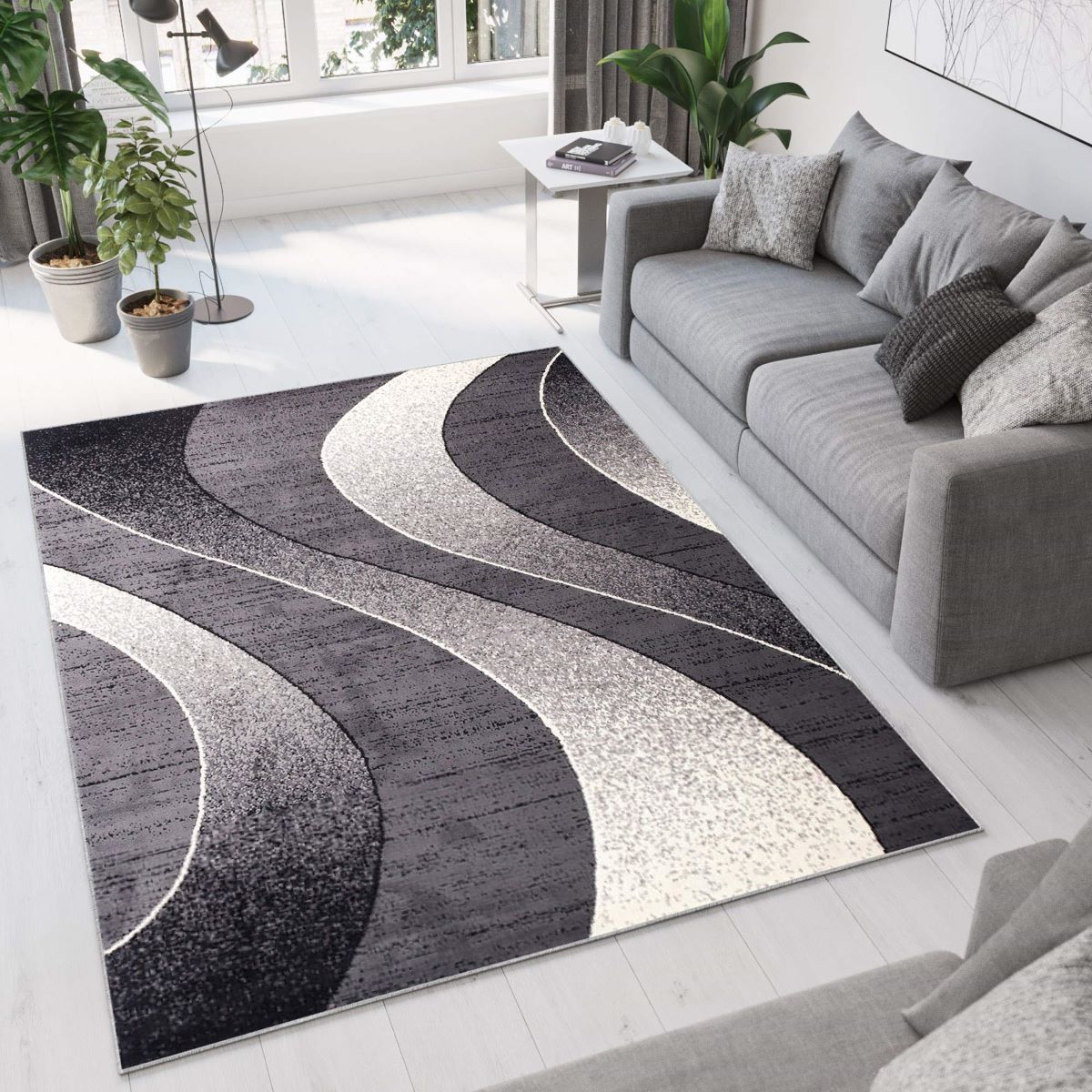
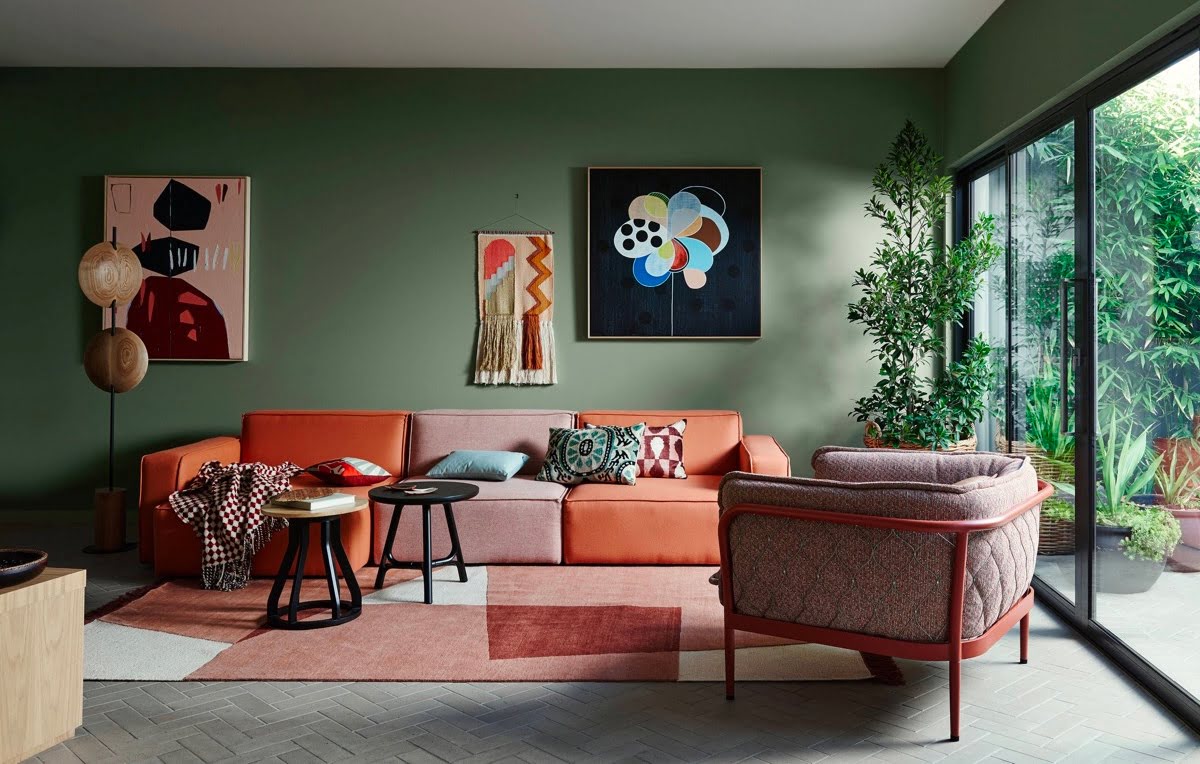
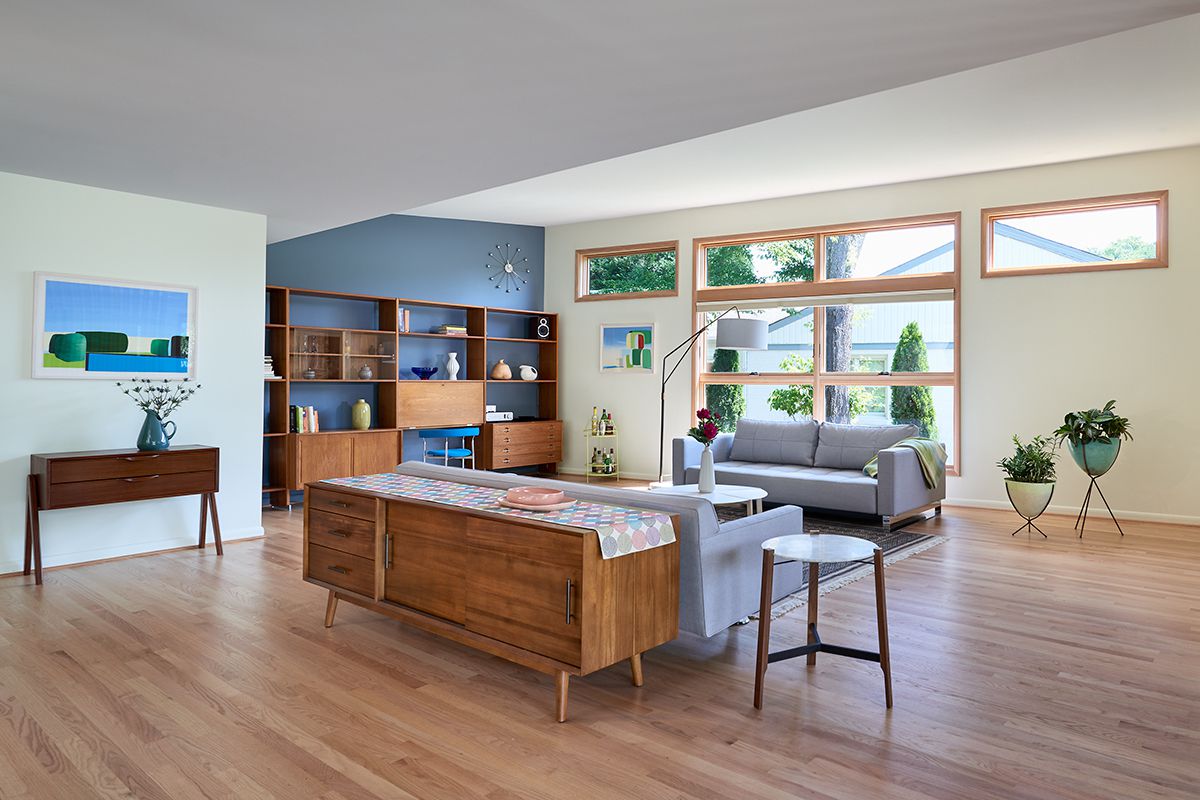
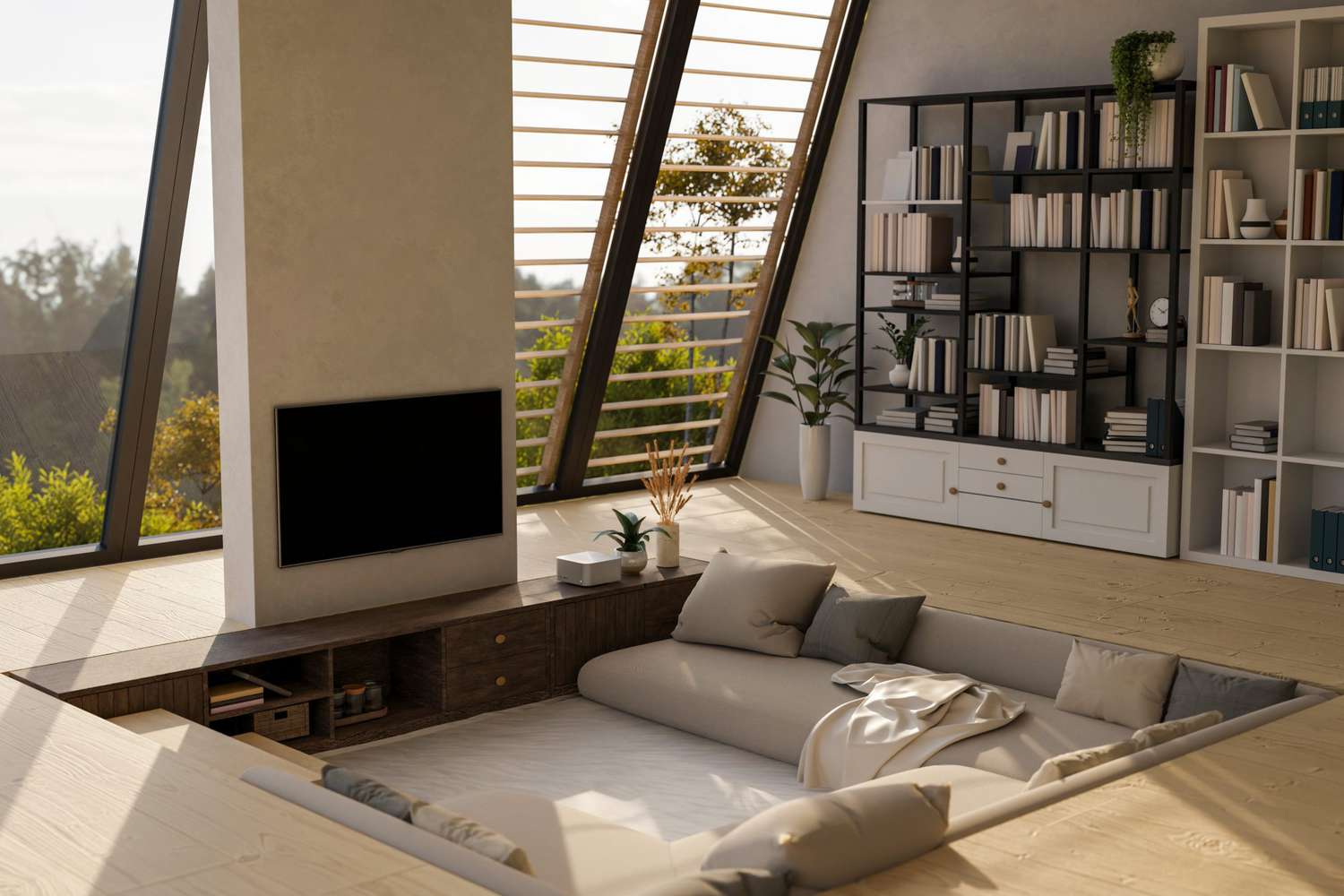
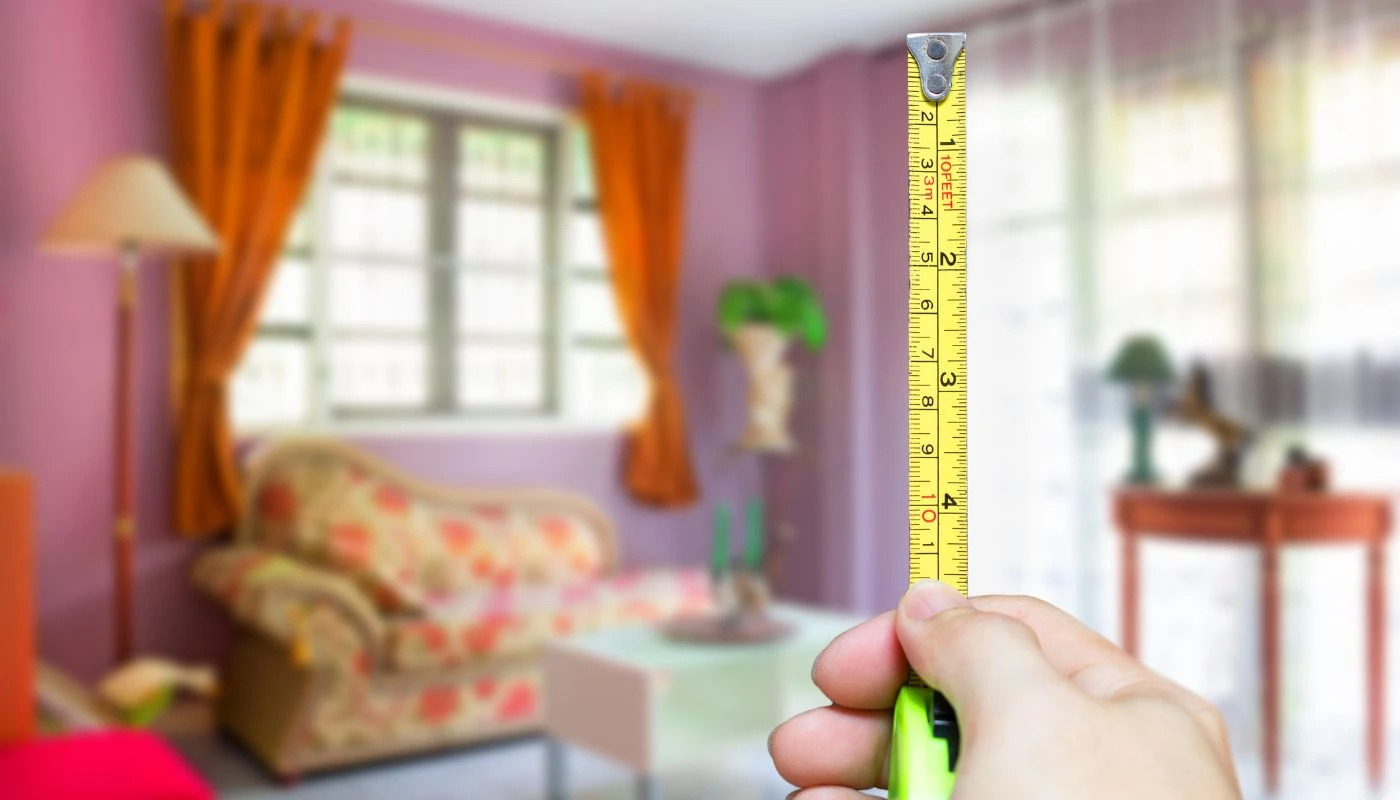
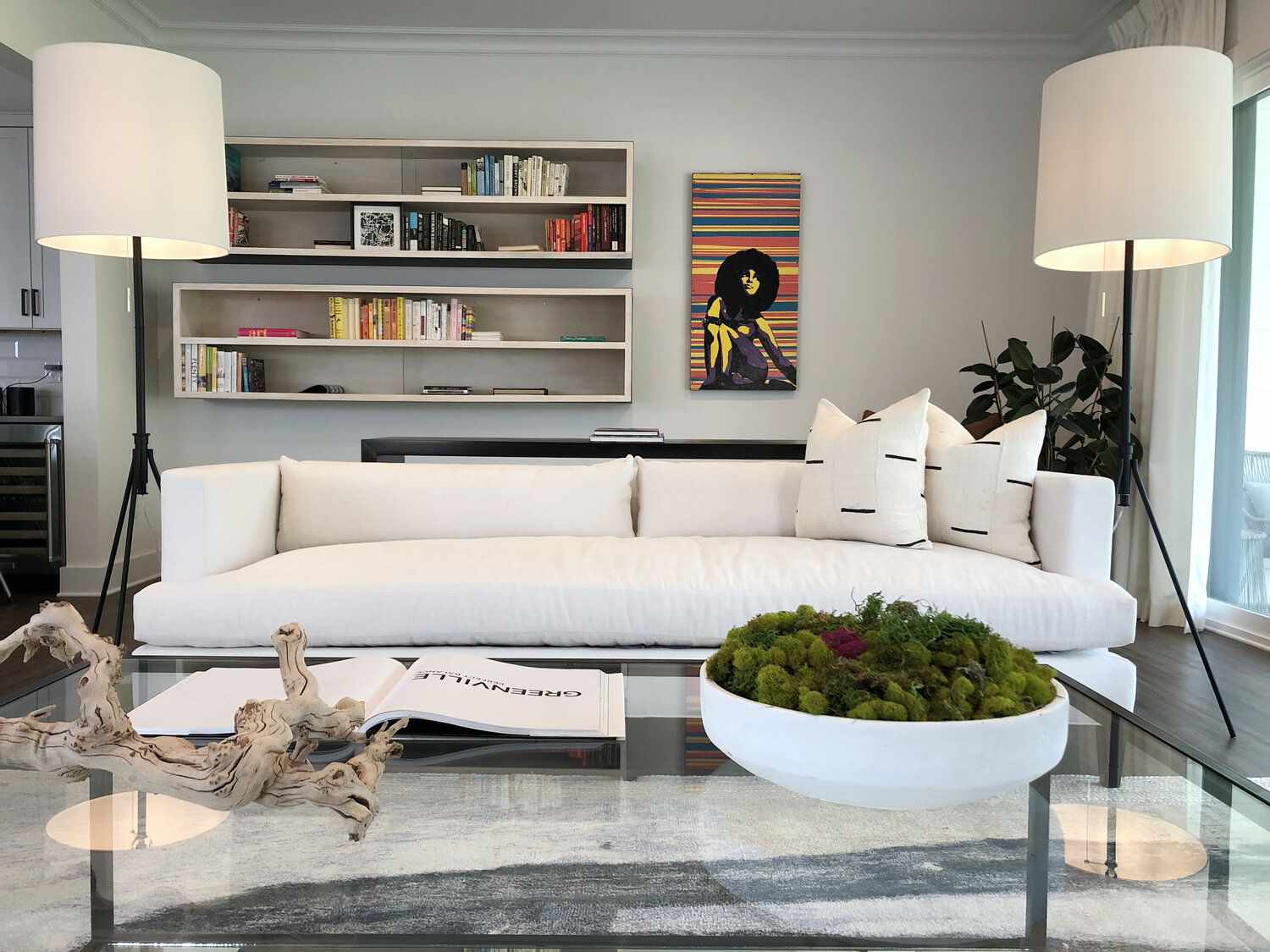
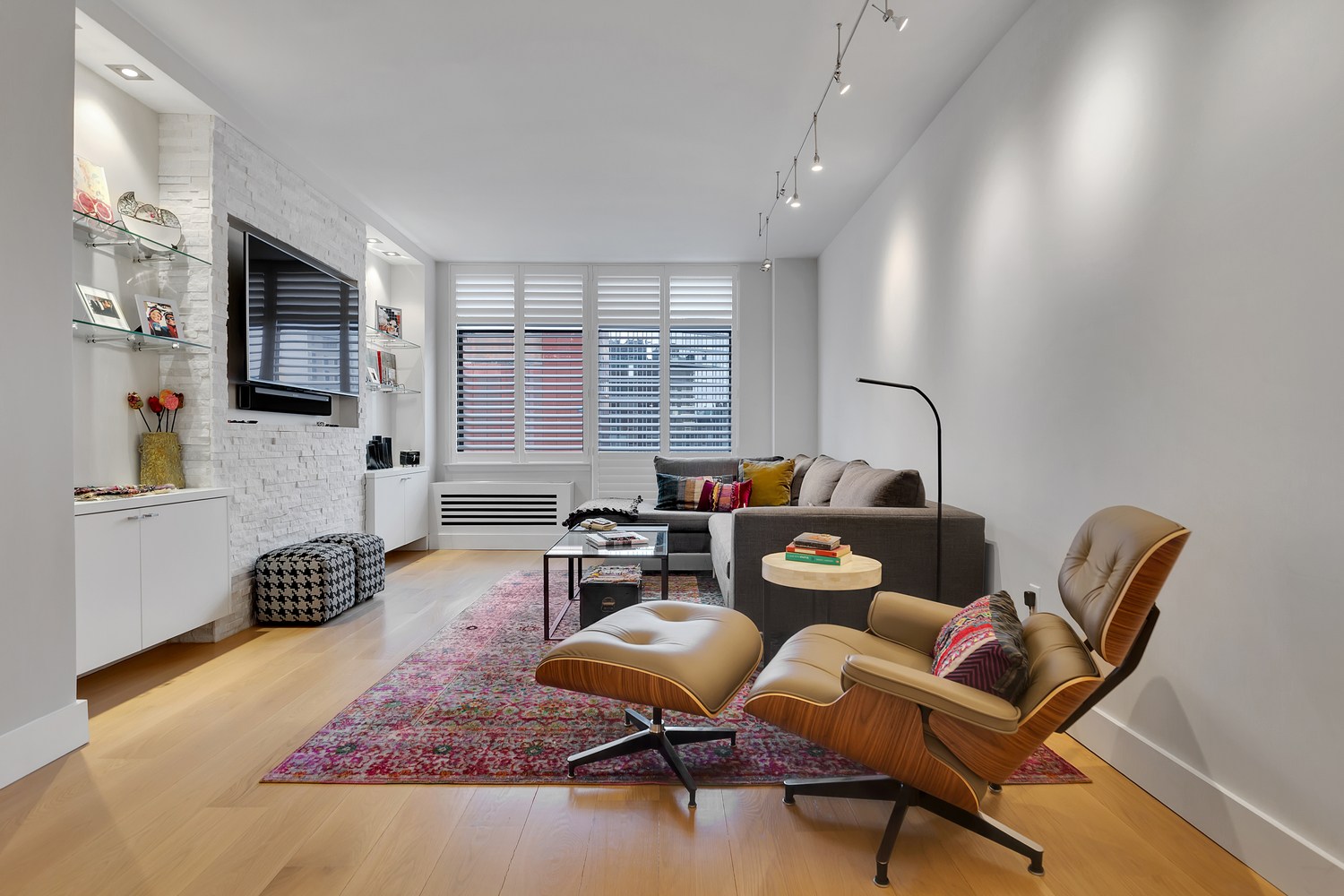
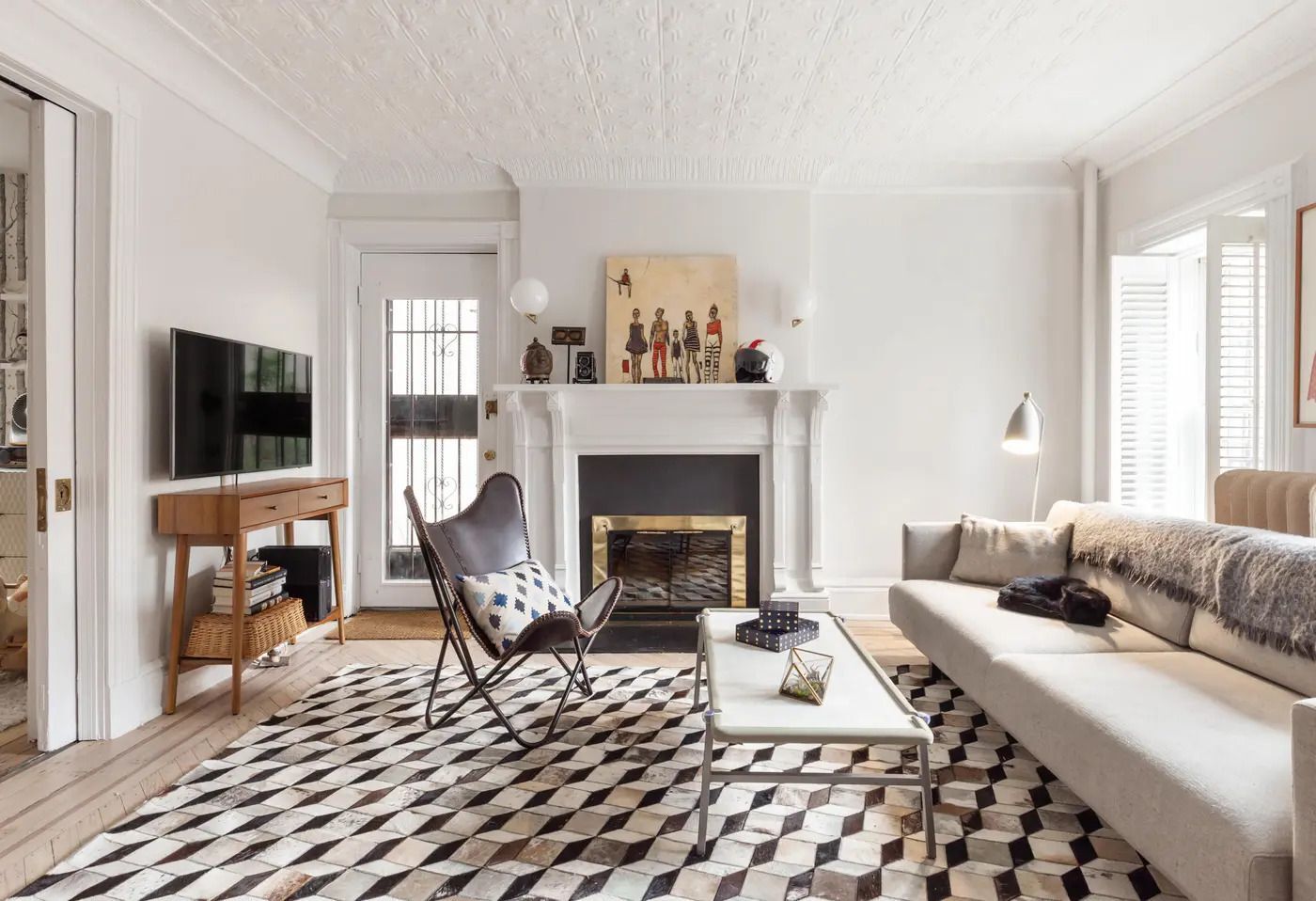

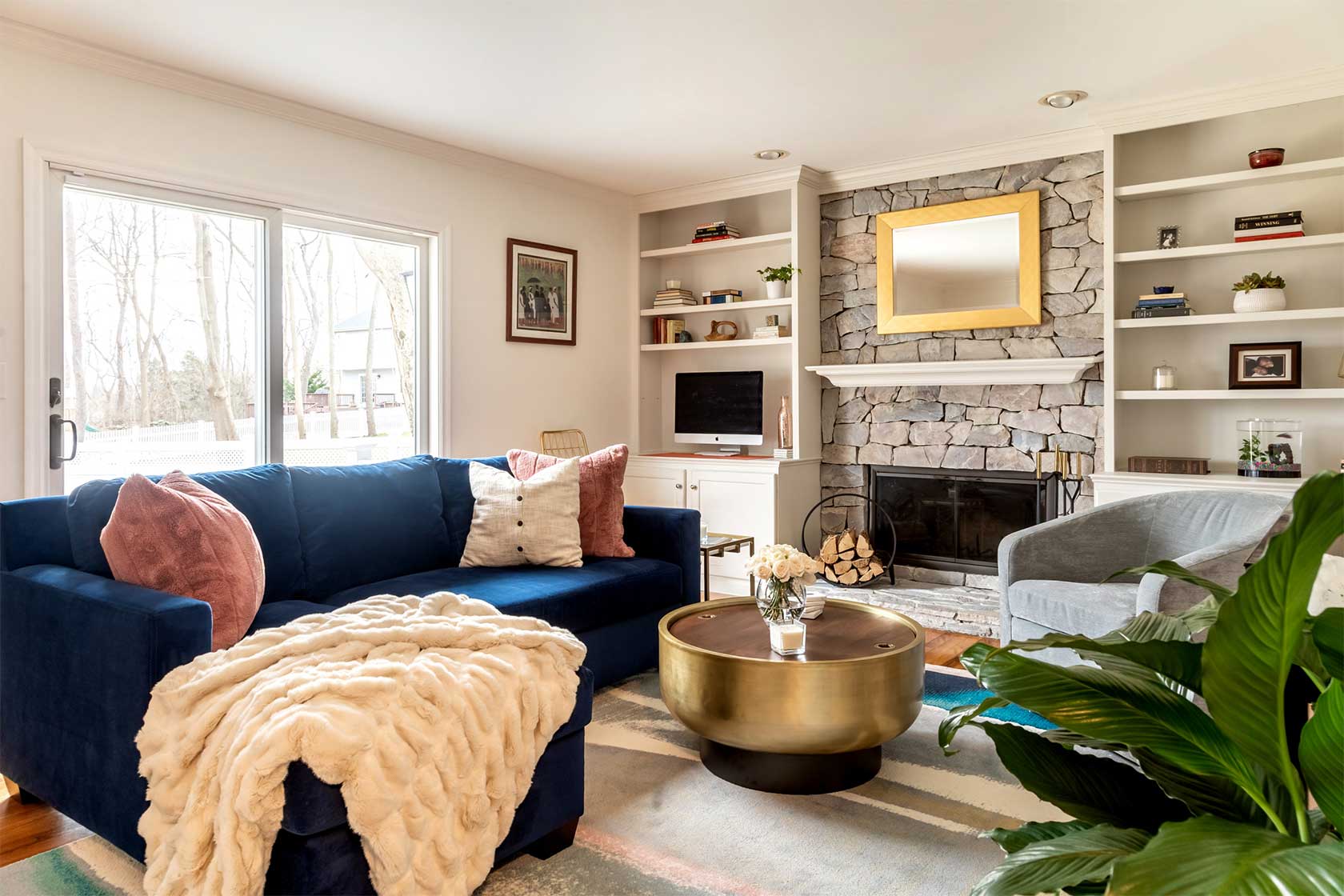
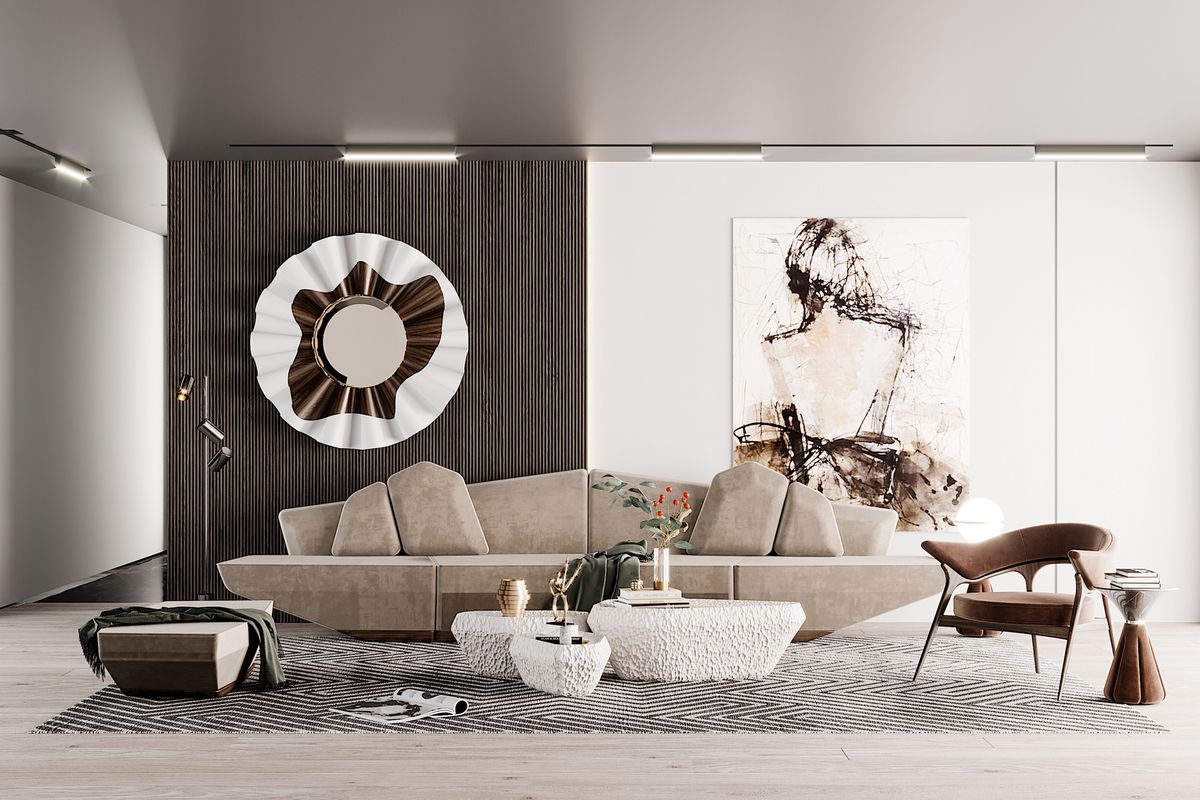

0 thoughts on “15 Scandinavian Living Rooms: Transform A Room With Nordic Design”